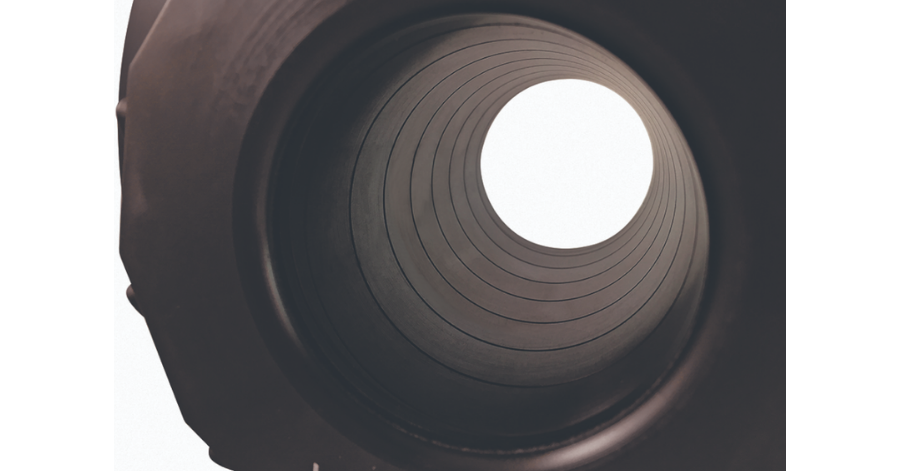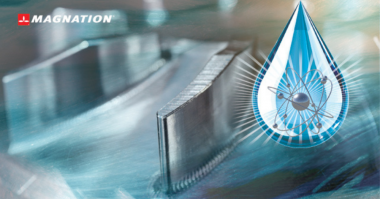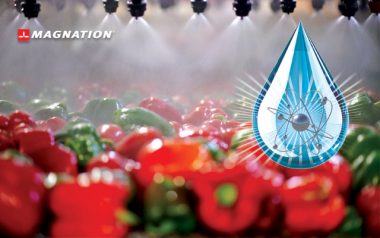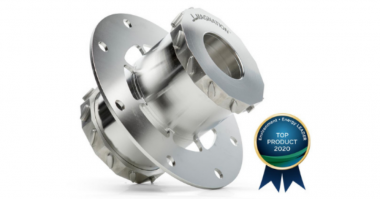By
No electricity required, no chemical additives, just pure clean water free of minerals, gases, and odor.
Water passing through a pipe-like tube loses minerals and gases. The system requires no salts or chemical additives, nor does it require electricity. Force of water makes it all happen.
Obviously, this is no ordinary hunk of pipe. It’s called a Turbulator and it’s designed and manufactured by Magnation Water Technologies.
Magnation inventor and co-founder Mike Jenzeh said “there’s no power requirement and no chemical additives.”
Inside the pipe is a series of fins, grooves, rifling, cavities, veins, tight orifices, ramps and other obstacles to anger the water. This array of components make the water swirl and twist as violentlly. A more viscous and turbulent water flow generates a greater electrical charge and that’s what causes minerals and gases to separate from the water.
This is possible because the Turbulator has an intense multiple-polarity magnetic field created by numerous magnets.
“The Turbulator is a tube that’s magnetic and geometrically shaped,” Jenzeh said in a recent phone interview from his office in Oakland California.
The pressure of water passing through creates turbulence and spinning and a small electrical charge. This charge causes the surface tension to drop. When surface tension drops, the minerals are broken up and separate from the water. Minerals pick up the charge and they solubilize.
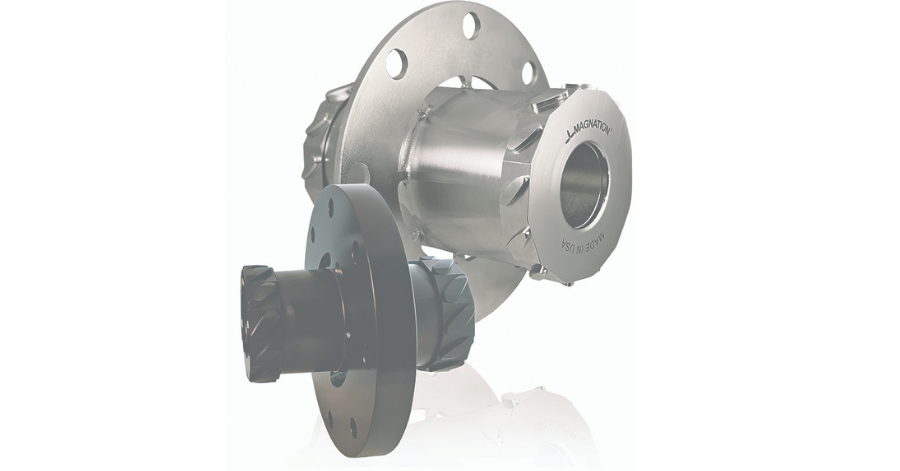
The high velocity swirling motion of water inside the turbulator charges the various minerals and gases in the water. Strategically placed magnets on the turbulator outer surface release these unwanted substances from the flow.
“Gases like chlorine, nitrates and sulfates dissipate because of the electric charge. With sulfates that rotten egg smell from hydrogen sulfide dissipates. Same with chlorines. Gases are lighter than the liquid so they remain suspended.”
Evidence of the change in water can be seen when comparing bubbles entering the Turbulator against the bubbles exiting the tube. There are fewer bubbles in the water entering and they are larger. These larger molecular clusters are made up of minerals and gasses that have bonded together, thus creating hard surface tension.
Once the water has been vortexed and rifled within the tube, there are a larger number of small bubbles exiting the pipe. Smaller molecular clusters make the water more bio-available to plants and animals, according to Jenzeh.
When it comes to bacteria and biologicals in the water, Jenzeh said the Turbulator doesn’t deal directly with them. He said livestock farmers have ultraviolet systems and magnetics that take care of those.
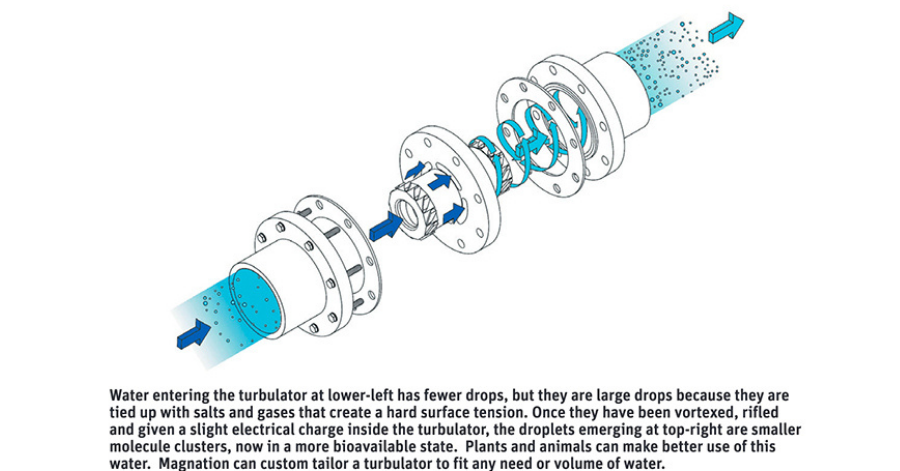
But the device can accomplish something for livestock producers. Bacteria always like to hang on to minerals, which they eat. Iron bacteria is a good example of that. But the Turbulator pulverizes those minerals and thus removes some of the bacteria habitat. Jenzeh said it reduces bacteria numbers, but doesn’t bring them to zero.
Jenzeh said Magnation usually carries a good stock of Turbulators up to 12 inches in diameter, which is big enough for most livestock farms and irrigation systems. His irrigation customers in the midwestern states run from 800 gallons per minute to 3,500 gpm. He says there’s no problem running those rates through a Turbulator. If the well or dugout can feed the water, Magnation can build a Turbulator to handle it.
Municipalities generally require bigger units, which Magnation manufactures as needed. Some of these systems run 6,000 gpm.
“Reduced energy consumption is another benefit, especially for people running high water volumes where energy costs are a major consideration. Your energy bill grows as the volume of water grows. Liquids pumped through a pipe generate friction along the inside of the pipe.”
He said the Turbulator addresses the energy consumption issue in two ways. First, treated water removes scales and deposits that have built up inside the pipes. These deposits narrow the passage way and create more friction. Second, treated water has lower surface tension, thus reducing friction within the pipes. Because of these two factors, it takes less energy to move a given volume of water.
Jenzeh said some irrigators have reported as much as a 20 percent drop in water requirements and a 42 percent drop in pumping costs.

